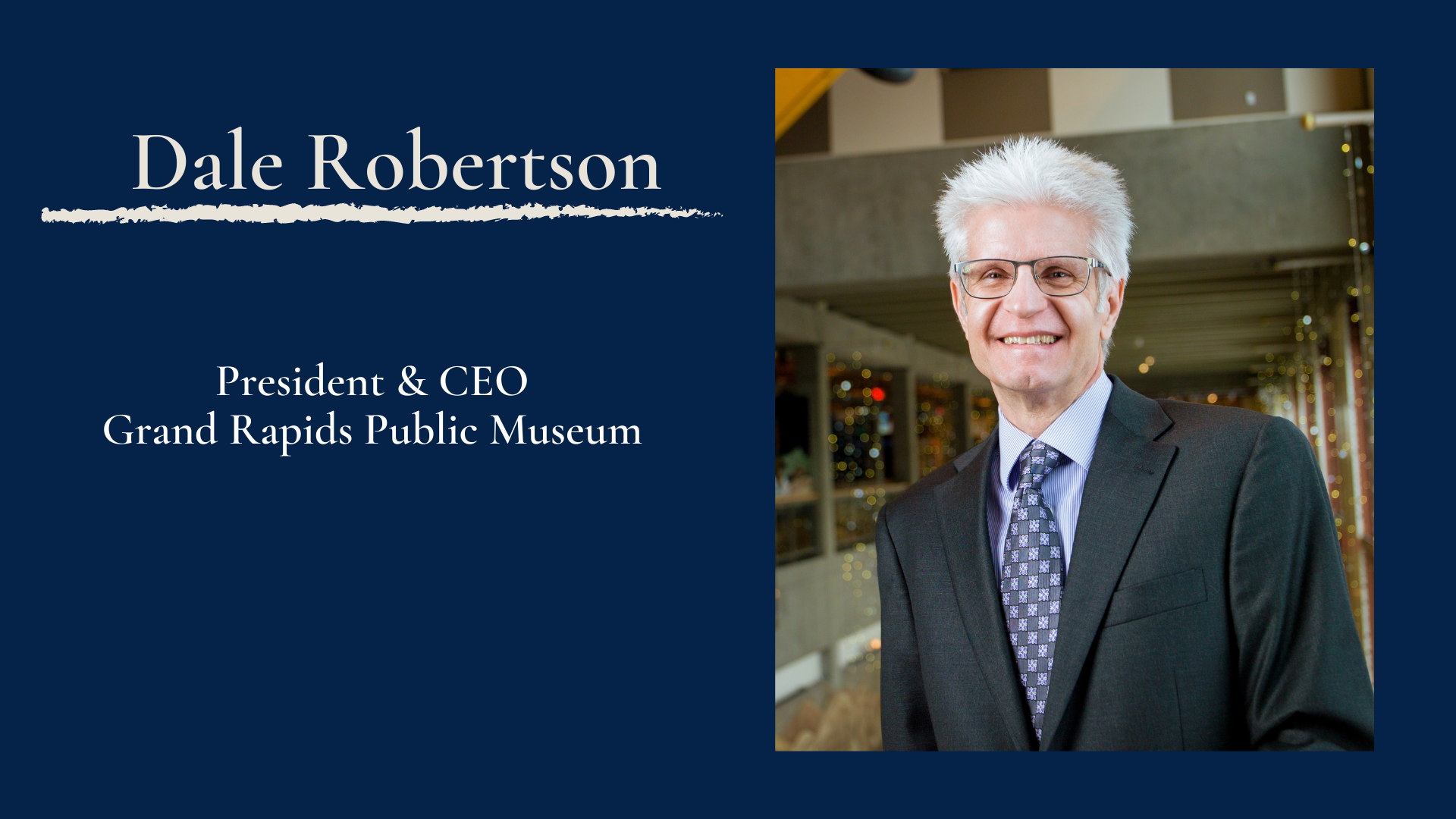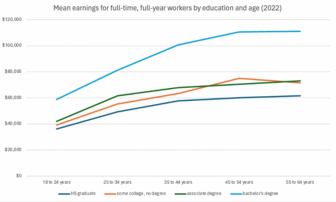While most of our video interview series on education has focused on formal K-12 education settings, we’ve also become pretty interested in recent years in what education can learn from the various out-of-school sectors that serve kids. We all know that learning isn’t confined to school buildings. And in fact, as we observe youth development, zoos and museums, and other community-based organizations, we think that the ways some of these organizations think about their mission and about education are aligned with broad skill development in kids in a way that K-12 schooling sometimes isn’t.
So today I’m delighted that we are releasing a conversation with Dale Robertson, the president and CEO of the Grand Rapids Public Museum, as our 11th and final What Now? video (Dale is also a board member here at Michigan Future). In addition to prioritizing accessible, curiosity-driven education at the museum, Dale was involved in the founding of the Public Museum School, a partnership between the museum, Grand Rapids Public Schools, the Kendall College of Art and Design, and the ed school at Grand Valley. This unique partnership brings a number of disciplines and ways of thinking and learning into GRPS, and was acknowledged as one of ten winners around the nation of the XQ: The Super Schools Project for “reimagining education” in 2016.
The museum’s approach to learning is driven by some of the natural values and mindsets of curators. And there are two that I think are so crucial for us to understand and design into all learning environments.
The first mindset is one that expects the learning to be driven by the sincere curiosity of the learner, and not by the performance of the educator. A physical interaction with an object drives questioning, which drives exploration, which drives learning. The educators at the museum may not all be experts in every single artifact in the museum’s collection. And so they embrace a type of facilitation and guiding that is open to broader learning, rather than a proscribed set of facts and figures. We believe this is the type of engaging learning that builds skills as well as knowledge in young people.
Second, the learning is contextual and tends to be cross-disciplinary. An item in a museum has stories to tell in science, history, society, and often, math and language arts. Human brains don’t think in discrete subject matters and research tells us that learning that creates room for more integrated understanding is “stickier.” We learn more deeply and retain more.








